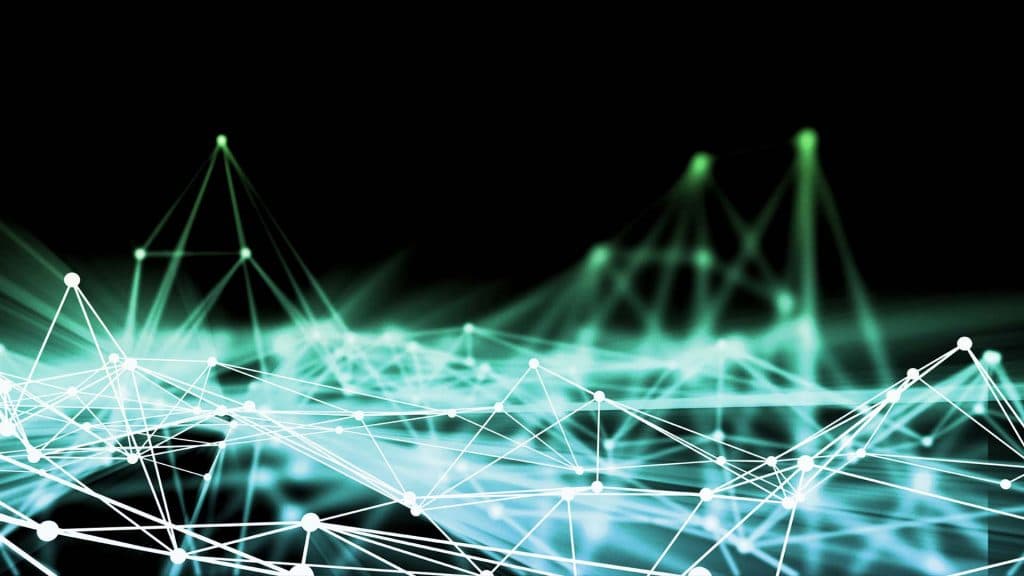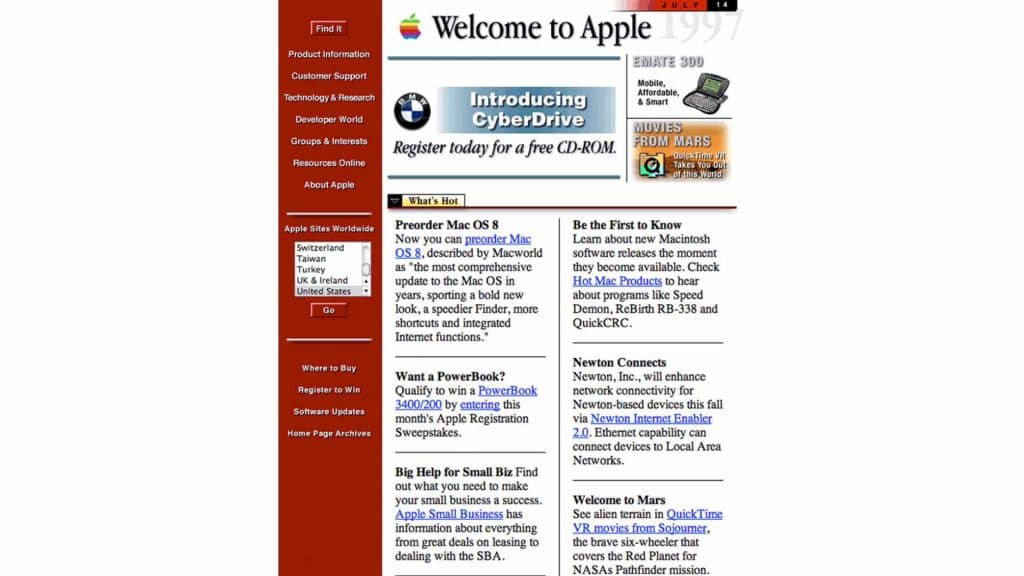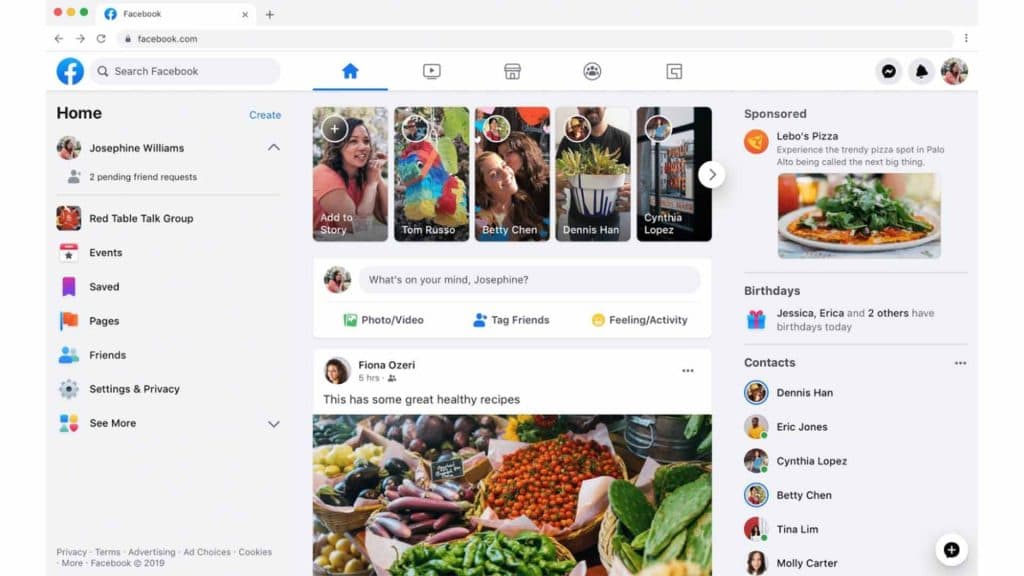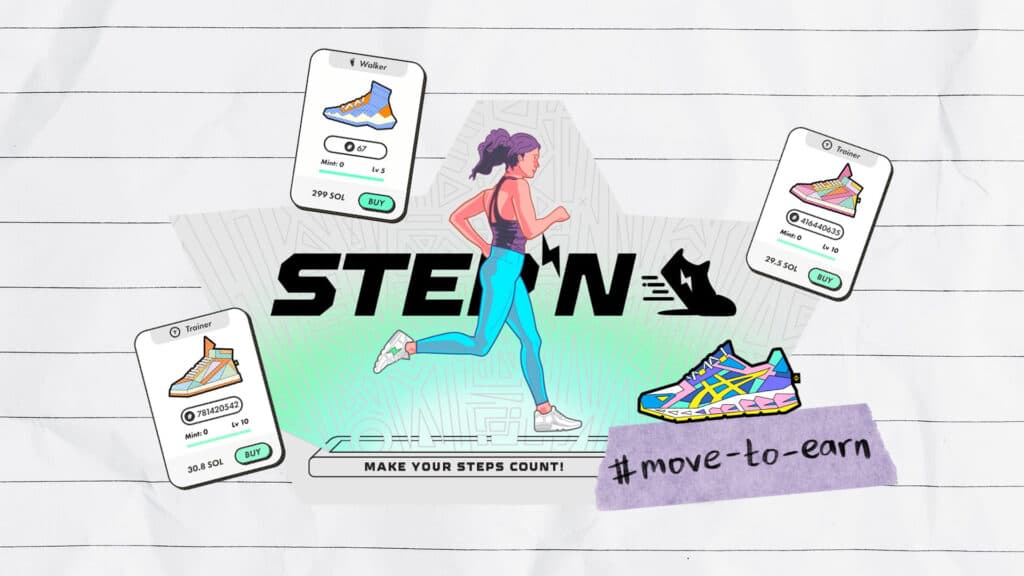
Funny story, you might think “Web 3.0” is another buzzword that has been around for just a while, but the truth is the concept has long been established since 2001! Whether you work in the tech industry or not, Web 3.0 remains a must-know topic. Throughout this comprehensive article, Preface will help you understand the definition, features, limitations and examples of Web 3.0.
What is Web 3.0?
Web 3.0 or Web3, is well known as the next generation of the internet due to its adoption of several revolutionary concepts such as blockchain and other related distributed ledger technologies.
The origins of Web 3.0 can be traced back to 2001 when Berners-Lee and others posted an article named The Semantic Web on the Scientific American, in which the researchers laid the groundwork:

Like the Internet, the Semantic Web will be as decentralised as possible. Such Web-like systems generate a lot of excitement at every level, from major corporations to individual users, and provide benefits that are hard or impossible to predict in advance.
Tim Berners-Lee
After that, the vision of the semantic web has slowly emerged from the research laboratories to real-life applications. By 2015, there were over 30% of web pages with schema markup, a set of semantic vocabulary microdata that can translate human words into the machine-readable language.
After that, the vision of the semantic web has slowly emerged from the research laboratories to real-life applications. By 2015, there were over 30% of web pages with schema markup, a set of semantic vocabulary microdata that can translate human words into the machine-readable language.
In line with the goal to create data-driven and machine-based internet services for websites and applications, innovators have continuously advanced the existing framework toward an intelligent, trustless and permissionless network, namely the Web 3.0.
Reference: Techopedia, Preface, CACM
Read more:NFT: What is it? Why is it shaking up the Art World?What is Cryptocurrency? All you need to know about Bitcoin and Blockchain TechnologyMore than a game: Everything you need to know about MetaverseIntroducing Cyber Security and Its Online CoursesWhat is XR? All you need to know about Extended Reality
Web 1.0 VS Web 2.0 VS Web 3.0
To truly understand the definition and uniqueness of Web 3.0, how can we jump straight to a conclusion without talking about its past?
Below table has summarised the key differences between Web 1.0, Web 2.0 and Web 3.0:
| | Web 1.0 | Web 2.0 | Web 3.0 | | Existence | 1989 – 2005 | 2005 – Now | Near Future | | Technologies | HTML, ASP, PHP, JSP | HTML 5, CSS, JavaScript, XML, RSS | RDF, RDFS, OWL, Blockchain | | Definition | The Hypertext Web | The Social Web | The Semantic Web | | Medium | Static Text | Interactive Content | Virtual Economies | | Infrastructure | Personal Computers | Cloud & Mobile | Blockchain Cloud | | Interaction | Read | Read-Write | Read-Write-Trust | | Audience | Company | Community | Individual |
Web 1.0

As the very first stage of web evolution, Web 1.0 only allows one-way communication, meaning users could only search and view the information provided by a small group of creators. And due to the lack of interactivity, Web 1.0 is also referred to as the “Read-only Web”.
Since only a few people knew how to create web pages and content, Web 1.0 was mostly used by businesses to broadcast information to the public. Examples include the embryonic form of Apple.com in which static content was simply hyperlinked together.
Web 2.0

Moving into the 21st century, the sites began to emphasise user-generated content, thus, giving rise to the community-driven Web 2.0.
The key difference between Web 1.0 and Web 2.0 is that the latter allows users to create, share and interact their content with others with an easy-to-use interface, therefore, even if they are not familiar with any web design or coding knowledge, they can still be part of the information exchange.
Some of the well-known use cases of Web 2.0 include Facebook, Twitter and Instagram.
Web 3.0

Not only does Web 3.0 integrate the features of both Web 1.0 and Web 2.0, but it also takes advantage of the latest technologies such as 3D graphics, AR/ VR and blockchain.
Although Web 3.0 is not here yet, its ambition to empower users with a new class of autonomy and dynamic communities has already attracted enormous attention. One perfect demonstration of Web 3.0 is the Metaverse – a decentralised, creator-centric economy and fully immersive user experience.
Reference: GeeksforGeeks
Read more:The Best 10 Web 3.0 Cryptos to Buy Right NowHow do companies use Web 3.0? Use Cases and Examples
5 Features of Web 3.0
1. Decentralisation
Decentralisation is the cornerstone of Web 3.0.
With an aim to decentralise the control of content, Web 3.0 eliminates the intermediate trader by allowing end-users to gain full ownership of data. Via the peer-to-peer network, websites and applications are widely distributed across hundreds to millions of nodes located on different devices, in other words, users are no longer manipulated by big names such as Facebook and Google.
2. Trustless and Permissionless
Decentralisation can never be achieved without “Trustless” and “Permissionless”.
By “Trustless”, users can interact with others in the absence of a trusted third party. And “Permissionless” means everybody can bypass the governing authorities to access the network directly.
3. 3D Graphics
To offer users a real-life browsing experience, Web 3.0 is supposed to integrate the use of 3D graphics and AR/ VR technologies.
The application of immersive three-dimensional visuals can definitely blur the lines between the physical and virtual worlds, empowering many industries such as gaming, fashion, health, real estate and more to create a much more interactive user experience.
4. Artificial Intelligence and Machine Learning
In the world of Web 3.0, machines will process information through semantic web and natural language processing techniques. In addition, with the help of machine learning, computers are able to improve their algorithm constantly and become more and more accurate, eventually, they are believed to handle language-related tasks in much the same way humans do.
5. Connectivity and Ubiquity
With Web 3.0, the information and content can be ubiquitously connected to a higher standard than ever before. There will be more applications to analyse the growing number of data, nonetheless, more devices and products will be connected to the internet for a smarter life.
Most importantly, as pointed out by Mat Dryhurst, a researcher at New York University, there is currently a “Walled Garden” which forbids users to transfer, manage and use their own information whatever they want, instead, they have to comply with the regulations outlined by various communities and social platforms. Fortunately, the introduction of decentralisation can break the glass ceiling and give users the utmost autonomy, in other words, Web 3.0 makes it possible for users to truly take control of their own personal data.
Reference: Investopedia, Preface, Expert.ai, NPR
Web 3.0 Applications and Examples
1. Siri
No matter if you are an Apple fan or not, you must be familiar with Siri, the built-in voice assistance that is capable of handling tasks such as setting alarms, checking emails, sending texts and even planning your night out.
The reason why Siri is widely recognised as a classic example of Web 3.0 applications is that it showcases how Web 3.0 is maturing. Back in the days when it first launched, it replied “I don’t know” quite frequently, however, with continuous machine learning and algorithms enhancement, it is now able to provide users with the most relevant and precise result even if the query might differ from its database.
2. Steemit
Steemit is one of the first few social media platforms which embraces and applies blockchain technology.
Aligned with Web 3.0, Steemit proposed an entirely new way to nurture the community. It started with launching a token to reward those who post, comment and upvote posts on Steemit, followed by maintaining the content immutability to ensure total freedom from censorship.
3. Storj
The application of Web 3.0 is indeed quite broad. Apart from social media platforms and virtual assistance, the storage field can also benefit from it.
Storj is devoted to revolutionising the traditional storage solutions including Google Drive or Dropbox, aiming to create a cloud storage platform without any monitoring, censorship or centralised authority.
On Storj, files and documents are split into at least 80 discrete pieces, each stored on different nodes in the network to enhance privacy and security. All data is highly protected and only the owners have the encryption keys to unlock the files.
Reference: Coinmarketcap
Read more:All you need to know about start up business in Hong KongWhat’s an MBA/ EMBA? Learn About Types, Costs & RequirementsA Complete Guide of ESG Investing: From Standards, Importance to Examples
Future and Limitations of Web 3.0
Future
Search results become more comprehensive and precise Thanks to the semantic web, machines like Google search engines can offer more precise answers according to the specific intention of different queries.
Improved transparency and data privacy To make internet service more personalised, Web 3.0 promises transparency and privacy by giving users full control over their own data.
Open data accessibility Based on blockchain, Web 3.0 also uses an open and decentralised database to avoid storing data on one single server.
Limitations
Not yet fully prepared by the technology Regardless of how much hype there is about Web 3.0, today’s technology is still not advanced enough to achieve its grand vision.
Inaccessible to less advanced devices Given that Web 3.0 encompasses many new technologies such as 3D graphics and virtual reality, it might be a bit hard for less advanced computers to handle.
Difficult for beginners to catch up Not everyone breathes and lives digital, therefore, some newbies might find it insanely complicated to understand the mechanisms of Web 3.0.
FAQ
Is Web 3.0 equal to the semantic web?
The term “Web 3.0” and “semantic web” have always been used interchangeably due to the fact that Web 3.0 is actually based on the concepts and natural language processing techniques of Web 3.0.
Still, some might argue that the semantic web is just the predecessor, given that today’s Web 3.0 has already gone beyond the scope by integrating various advanced technologies such as machine learning, permissionless and trustless.
Reference: Preface
How is Web 3.0 related to Metaverse?
Web 3.0 and Metaverse support each other perfectly.
Metaphorically speaking, Metaverse is the frontend that needs to look extraordinary yet easy to use, whereas Web 3.0 is the backend that records every transaction and ensures the system operates smoothly.
Reference: Preface
Is Web 3.0 just a scam?
Similar to cryptocurrencies and NFT, this is also a controversial topic as people always have very distinct views.
Still, Web 3.0 is under development and no one can be 100% sure about its potential. It is highly recommended to keep an eye on new developments within the Web3 ecosystem.
Is Web 4.0 a real thing?
True, there have been some discussions about the next step of Web 3.0.
Web 4.0 is also known as “Intelligent Web” and “Smart Web”, which is claimed to have the following features:
Content-exploring
Autonomous
Proactive
Self-learning
Collaborative
Reference: IGI Global
What are the daily applications of Web 3.0?
For instance, when you are browsing online for anniversary gifts and vacation bookings, the intelligent search engines of Web 3.0 can put together a vast amount of information, and then filter out the most relevant search results according to your characteristics and preferences. Therefore, users can get the best answer within one click, saving a lot of time and effort.
Reference: Preface
Read more:Guide To Become A Data Scientist In Hong KongA Guide to Become a UX/ UI Designer in Hong KongAn introduction to Slasher and Slash CareerHow to be a Digital Nomad in 2022? Here are 5 things you need to know






